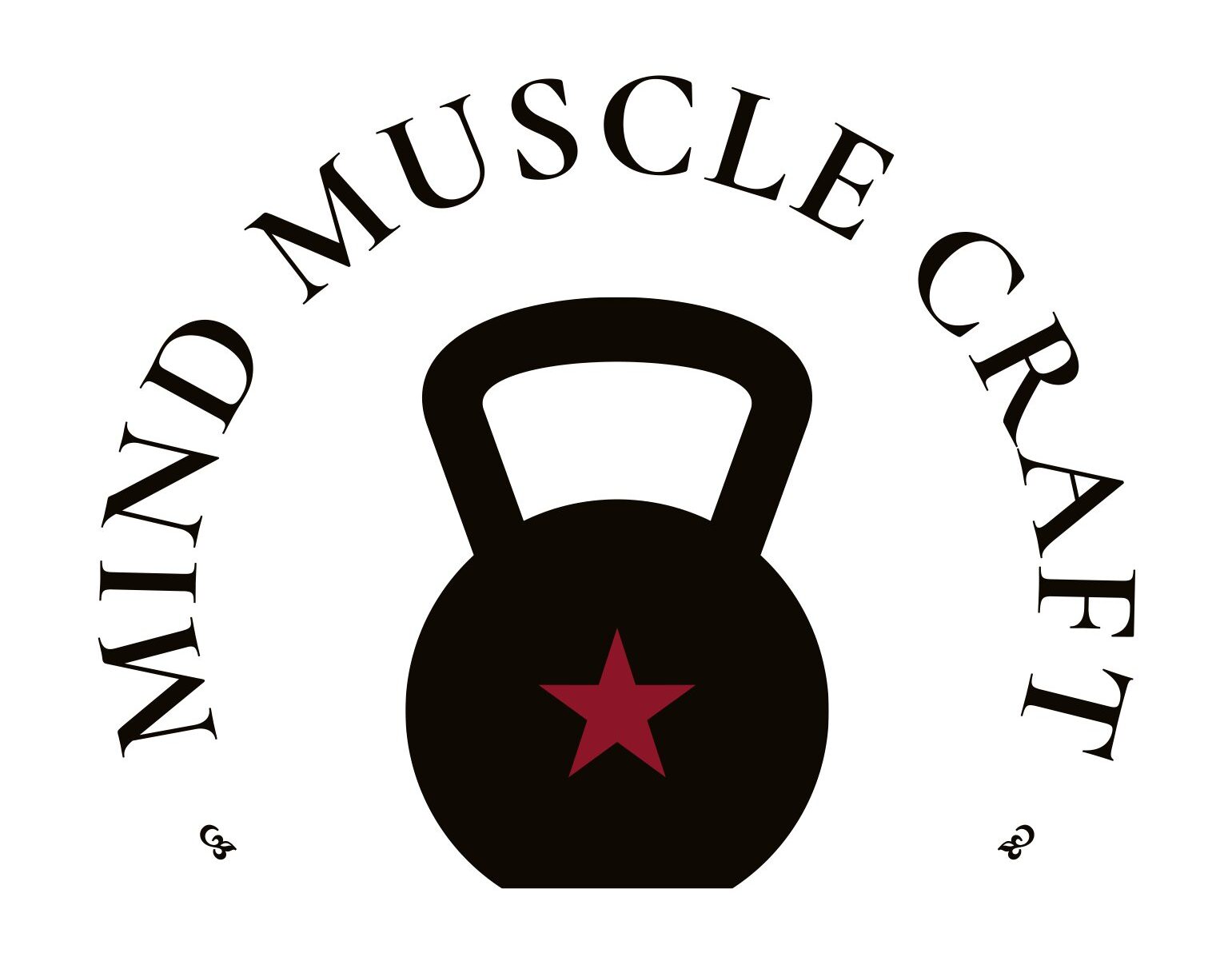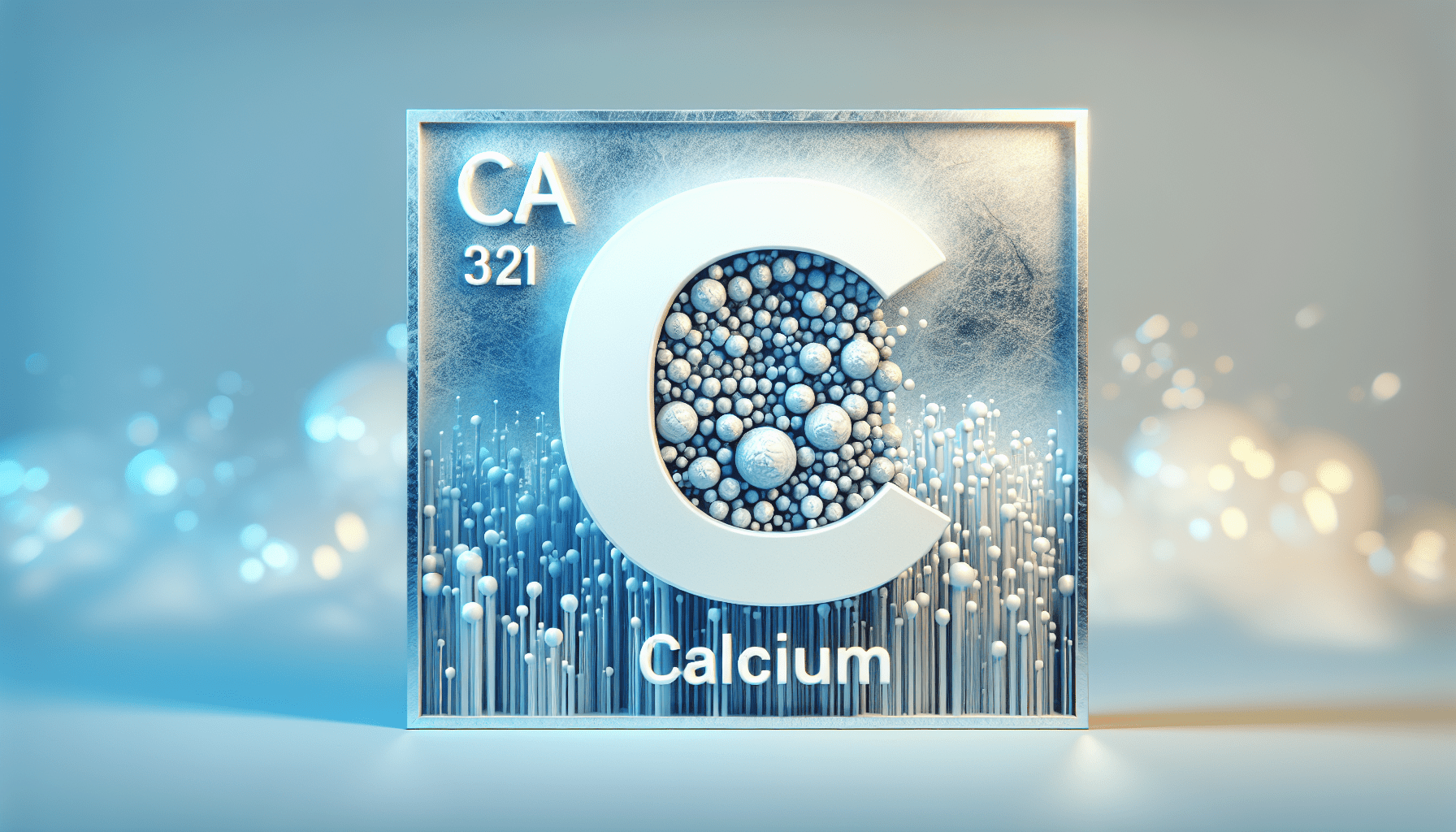When people think of calcium, they often associate it solely with bone density and skeletal health. While it’s true that about 99% of the body’s calcium is stored in the bones and teeth, the remaining 1% plays an essential role in numerous physiological processes—especially those related to muscle function, nerve conduction, and recovery. For athletes and active individuals, calcium is a crucial but sometimes overlooked mineral in the performance equation.
Muscle Contraction and Neural Activation
Calcium is a vital regulator of skeletal muscle contraction. During physical activity, when the brain sends a signal for a muscle to contract, calcium is released inside the muscle cell, allowing the interaction between actin and myosin—the contractile proteins that drive movement. Without adequate calcium, this process is delayed or weakened, resulting in impaired performance. It also plays a key role in cardiac and smooth muscle contraction, making it essential not just for lifting weights, but for maintaining cardiovascular efficiency during endurance work.
Moreover, calcium assists in nerve transmission, enabling the electrical signals from the brain to communicate effectively with muscles. This is critical for coordination, timing, and explosive strength—traits that athletes rely on in both training and competition.
Calcium Loss and Recovery Concerns in Athletes
While not as heavily lost through sweat as sodium or potassium, calcium is still excreted during intense training—particularly in hot, humid environments. Over time, calcium deficiency can contribute to muscle cramps, impaired recovery, and more significantly, decreased bone mineral density, increasing the risk of stress fractures and overuse injuries. Female athletes, particularly those with menstrual irregularities or low energy availability, are at an elevated risk for calcium loss and should be especially mindful of intake.
In addition to long-term skeletal concerns, a lack of calcium can compromise acute recovery. Since muscle contraction and nerve function depend on tightly regulated calcium levels, even marginal deficiencies can increase fatigue and prolong post-exercise soreness.
Forms, Dosage, and Timing of Calcium Supplementation
The most commonly recommended calcium forms are calcium carbonate and calcium citrate. Calcium carbonate is the most widely available and cost-effective, but it requires stomach acid for absorption and is best taken with meals. Calcium citrate, on the other hand, can be absorbed on an empty stomach and is often preferred by individuals with digestive issues or reduced stomach acid. A third form, calcium hydroxyapatite, mimics the composition of bone and may offer additional bone-supporting benefits, though it’s less studied for athletic performance.
The general Recommended Dietary Allowance (RDA) for adults aged 19–50 is 1000 mg per day, increasing to 1200 mg for women over 50 and men over 70. However, calcium should be taken in split doses, with no more than 500 mg at a time, as larger amounts are poorly absorbed. It’s also important to note that calcium competes for absorption with other minerals like iron, magnesium, and zinc—so athletes using multinutrient supplements may need to stagger their intake throughout the day.
Synergy and Interactions
Calcium absorption is closely tied to vitamin D levels, making it essential to maintain sufficient vitamin D status—especially for athletes training indoors or in low-sunlight conditions. Without vitamin D, calcium absorption is significantly reduced. Conversely, excessive calcium intake without balance from magnesium or vitamin K2 may increase the risk of arterial calcification over time, highlighting the importance of balanced mineral intake rather than over-supplementation of a single nutrient.
Studies:
Lappe, J. M., et al. (2008). Calcium and vitamin D supplementation reduces stress fractures in female navy recruits. Journal of Bone and Mineral Research, 23(5), 741–749.
Nieves, J. W., et al. (2010). Calcium and vitamin D intakes in the United States: What we eat in America. Journal of the American Dietetic Association, 110(5), 849–859.
Fix Your Metabolism for Fat Loss: The Ultimate Trainer’s Guide
https://ods.od.nih.gov/factsheets/Calcium-HealthProfessional/
https://jissn.biomedcentral.com/articles/10.1186/1550-2783-11-33

